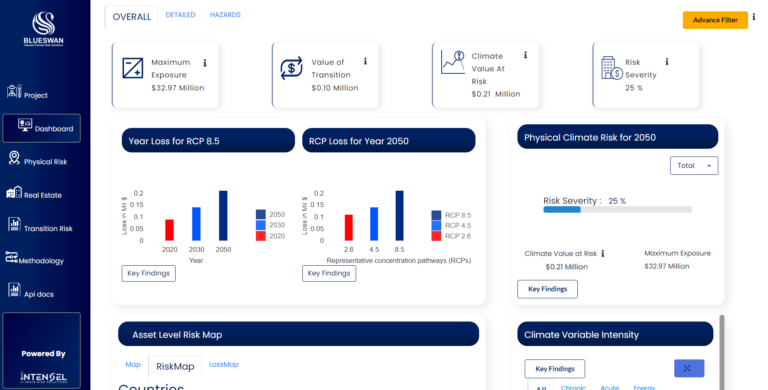Network of building design tools

Problem Addressed
The process of analysing buildings, collaborating with project teams and creating diagrams is lengthy and time-consuming.
Case study
Emory University Campus Life Center
At 117,000 sq.ft., the Campus Life Center on the Emory University campus caters the growing space demands, allows flexibility and efficient dining services, technology and infrastructure upgrades, and more room for student organisations and gathering space. With the University’s commitment to sustainability, the Campus Life Center has high performance targets.
cove.tool was used on the project to conduct climate analysis, energy analysis, daylight and glare analysis, façade studies, water use analysis and cost vs energy optimisation.
Savings on the project by using cove.tool:
- Cost optimisation: saved $1M in construction cost
- Energy saving: 40% energy savings and LEED Platinum
- Integrative automated workflow: 240 hours saved from design revisions.
Jackola Engineering and Architecture Firm
For years, Jackola relied on the industry-standard HVAC modeling program for load calculations and mechanical design. However, with such a crucial part of its day-to-day operations on the brink of being phased out, the team at Jackola moved quickly to find a new solution for every aspect of building design and analysis.
Using analysis.tool for modeling information to derive more accurate calculations early on, Jackola was able to test various materials and assess their energy-saving capabilities, optimising the project’s wall assembly — unlocking savings of nearly $20,000 in annual operating cost on one project. Overall, they were able to reduce all their projects’ energy use by 30%, which translated into significant savings across the board.
analysis.tool (and cove.tool’s other solutions – loadmodeling.tool and drawing.tool) has proven to be particularly indispensable to Jackola, allowing the team to quickly and efficiently explore the benefits of sustainable design interventions for buildings at scale.
Read more about Jackola’s success here.
Facts and Figures
This page presents data, evidence, and solutions that are provided by our partners and members and should therefore not be attributed to UKGBC. While we showcase these solutions for inspiration, to build consensus, and create momentum for climate action, UKGBC does not offer commercial endorsement of individual solutions. If you would like to quote something from this page, or more information, please contact our Communications team at media@ukgbc.org.
Related
Generative design tool for optimised operational and embodied carbon

Platform to help employees built sustainable behaviour

A smart socket to reduce emissions

Intensel’s ‘BlueSwan’ Analytics
